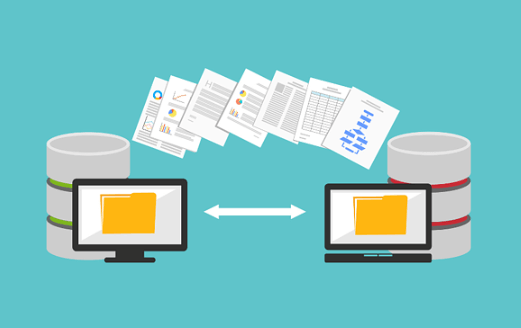How to design a data migration plan?

Data migration is the process of moving data from one location to another, from one format to another, or from one application to another. Typically, this is the result of introducing a new system or location for the data.
Data migration is the process of transferring existing historical data to a new storage, system, or file format. This procedure is not as straightforward as it appears. Planning, establishing backups, quality testing, and validation of outcomes are all part of the preparatory and post-migration operations. Only when the old system, database, or environment is shut down does the migration come to a conclusion.
The driver of change is often an application migration or consolidation in which legacy systems are replaced or augmented with new applications that will share the same set of data. Today, data migrations are often initiated as companies move from on-premises infrastructure and applications to cloud-based applications and storage to optimize or transform their business.
Businesses must continue to expand and evolve in order to remain viable. However, this sometimes means stepping outside of one’s comfort zone and making decisions such as establishing a data migration plan.
There are numerous reasons why a data transfer plan may be essential, but the most common ones are:
- Improve the performance of systems in use
- Adapt to new legislation that is applicable to the sector in which the business falls.
- Complying with new standards that the IT ecosystem presents would not allow it to adapt properly.
- Respond to an increasingly demanding demand.
- Boost savings.
- Avoid getting bogged down with an IT system that is starting to get outdated.
When a company recognises one or more of these requirements, it must decide how to proceed. Some businesses will want to wait before implementing a data migration strategy, arguing that the maintenance costs of their current services are reasonable. This is a dangerous alternative since by the time the company decides to begin the migration, it may be too late, and the costs of lost efficiency and lower customer service levels may be considerably more than anticipated. the amount of money spent on an action, such as the one that was postponed.
There’s also the option of speaking with the present platform service provider regarding more complex alternatives. In this situation, after hearing the proposals, it would be useful to compare them to the market offer.
The decision must ensure compatibility and make the transition to a more agile and integrated business easier. If you have any doubts that a data transfer strategy would slow your business down by limiting scalability, causing continuous compatibility concerns, or delaying integration, don’t hurry into it.
What you should ensure while designing a data migration plan
Before launching a data migration strategy, you must be certain that the action will be well-designed, that it will be carried out by experts, that it will be based on a detailed list of software transformation requirements, that implementation will result in a complete software architecture, and that the results will be tested for optimization and future needs. The most important aspects must be included, which necessitates:
- Protect legacy applications.
- Minimize the need for future migrations.
- Guarantee efficiency.
- Make possible the adoption of changing norms, standards, policies and procedures.
And, most crucially, to be able to continue working on the core components of the business during the platform migration effort, with no downtime or new concerns.








